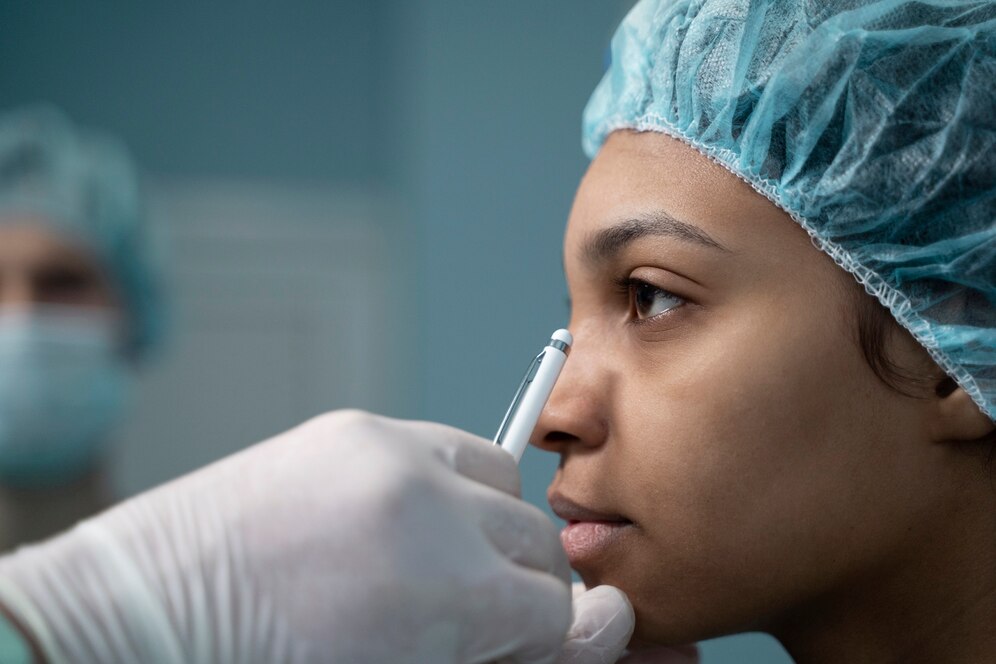Obesity and Diabetes Surgery Insights
Defining Obesity: Morbid obesity, significantly exceeding normal body weight, is characterized by a body fat percentage over 30% in women and 25% in men. Obesity is medically quantified by the Body Mass Index (BMI), calculated as the weight in kilograms divided by the square of the height in meters. A BMI over 30 kg/m^2 classifies a person as obese, with categories extending to severe and morbid obesity at thresholds of 35 and 40 kg/m^2, respectively.
Obesity-Related Health Issues: Obesity exacerbates numerous health conditions, including Type II diabetes, hypertension, cholesterol imbalances, cardiovascular issues, heart attacks, gastric reflux, asthma, fatty liver leading to liver failure, gout, arthritis, migraines, phlebitis, polycystic ovary syndrome, and menstrual irregularities. Additionally, obesity increases the risk of cancers such as breast, uterine, colon, esophageal, pancreatic, kidney, and prostate. Addressing obesity often ameliorates these associated health issues.
Treatment Approaches: Conventional treatments like diet, exercise, herbal remedies, pharmaceuticals, and alternative therapies such as acupuncture often provide short-term relief but generally fail to deliver lasting results. Surgical interventions are considered for individuals with a BMI over 40 kg/m^2, or over 35 kg/m^2 when accompanied by obesity-related diseases such as diabetes, hypertension, coronary artery disease, or sleep apnea. Metabolic surgery is also an option for patients with uncontrolled Type II diabetes and a BMI between 30 and 35 kg/m^2.
Surgical Options for Obesity:
- Volume Reduction Surgeries:
- Sleeve Gastrectomy: Most common procedure reducing the stomach to a small tube, decreasing appetite and food intake.
- Gastric Plication: An experimental method that involves folding the stomach to reduce its volume.
- Malabsorptive Surgeries: These bypass a portion of the small intestine, reducing nutrient absorption.
- Combination Surgeries:
- Gastric Bypass (Roux-en-Y): Combines stomach reduction with bypassing a segment of the small intestine, considered the gold standard for obesity treatment.
- Mini Gastric Bypass: Similar to the Roux-en-Y but with a different configuration.
- Transit Bipartition: Combines sleeve gastrectomy with a selective bypass route, offering an alternative to prevent potential nutritional deficiencies.
Gastric Balloon for Weight Loss: Introduced in 1982, the gastric balloon is implanted endoscopically, remaining in the stomach temporarily to facilitate significant weight loss by reducing stomach volume and prolonging satiety.
Postoperative Care: Post-surgery, patients are advised to consult with a dietitian to tailor a sustainable nutrition plan. Modifications in anatomy and hormone secretion post-surgery aid in adhering to the diet. Exercise is recommended post-recovery, starting with gentle activities. Regular follow-ups are crucial to monitor and manage any nutritional deficiencies or health issues effectively.
Advancements in Surgical Techniques: Modern laparoscopic methods have replaced traditional open surgeries, offering benefits like minimal scarring, reduced pain, and quicker recovery, underscoring the evolution and effectiveness of obesity surgeries over the past 45 years.



